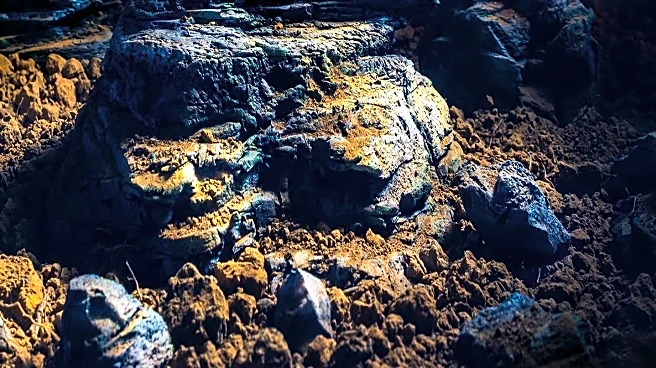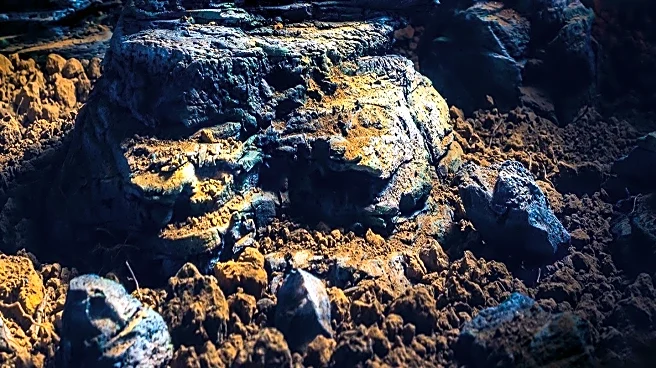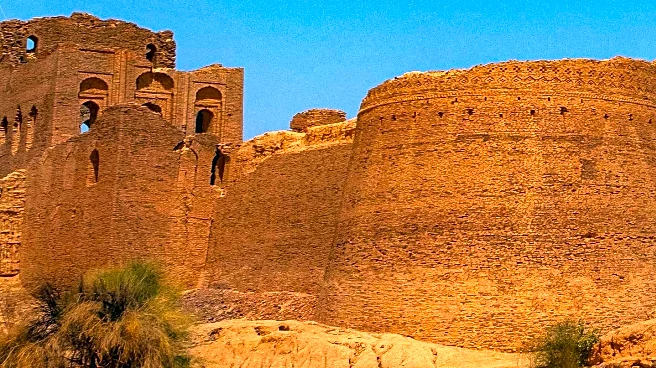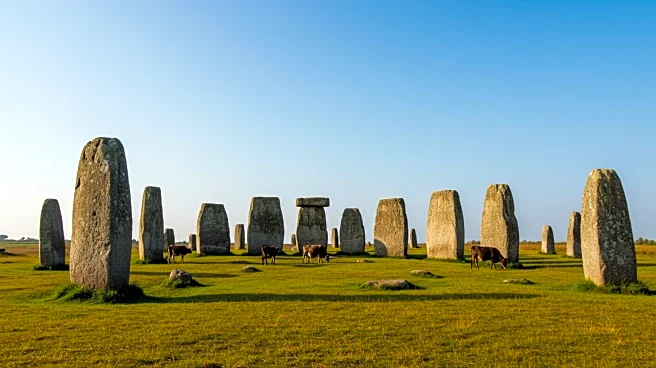Rapid Read • 7 min read
A recent study published in the journal L’Antropologie explores the symbolic significance of the ibex in ancient art, particularly in the Near East. The ibex, a species of wild goat, has been depicted in various forms of prehistoric art, including cave paintings, pottery, and jewelry. The study suggests that the ibex held potent symbolism related to fertility and celestial cycles. In the Near East, ibex images have been found on rock art and pottery, often associated with lunar and calendar cycles. The study highlights the ibex's role in ancient cultures as a symbol of fertility and timekeeping, with connections to deities and celestial bodies.
AD
The study provides valuable insights into the cultural and symbolic roles of animals in ancient societies. Understanding the symbolism of the ibex helps archaeologists and historians decode the beliefs and practices of ancient civilizations. The findings contribute to a broader understanding of how ancient peoples interpreted the natural world and integrated it into their spiritual and daily lives. The study also underscores the importance of interdisciplinary research in uncovering the meanings behind ancient art and artifacts.
The research on the ibex's symbolism highlights the interconnectedness of ancient cultures and their shared motifs. The study suggests that the ibex's symbolism may have been influenced by its natural habitat and behavior, reflecting a deep connection between humans and the environment. The findings also raise questions about the transmission of cultural symbols across regions and time periods, offering a glimpse into the complex networks of cultural exchange in the ancient world.
AD
More Stories You Might Enjoy










